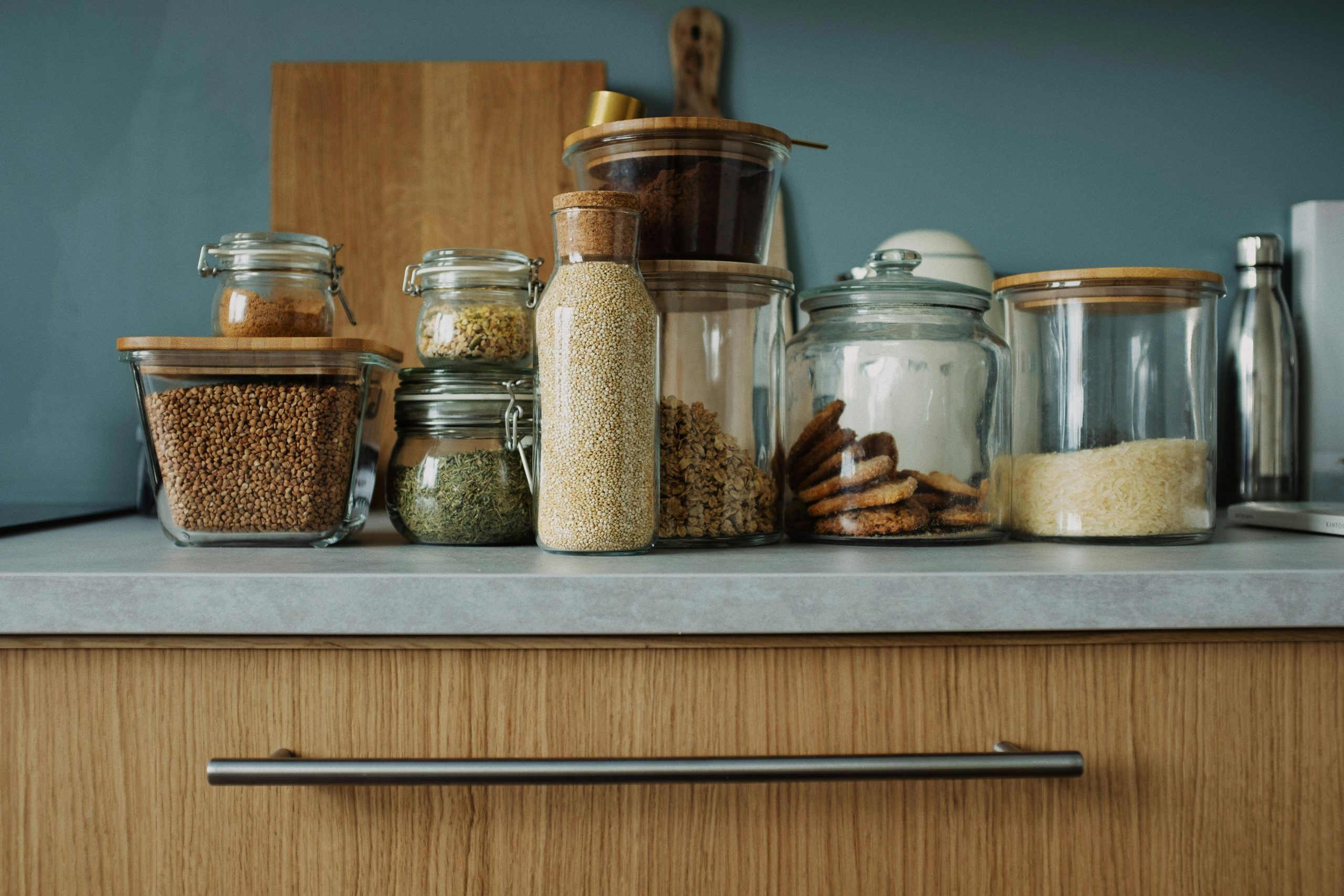“`html
How Do I Handle Food Storage While Using Portable Cooking Gear?
When you’re out camping, hiking, or enjoying a picnic, using portable cooking gear can enhance your culinary experience. However, one of the most crucial aspects of outdoor cooking is food storage. Proper food storage is essential to ensure safety, freshness, and convenience while you’re on the go. In this article, we’ll explore effective strategies for handling food storage while using portable cooking gear.
Understanding the Importance of Food Storage
Food safety is a significant concern when you’re away from home. Improper food storage can lead to spoilage, wastage, and even foodborne illnesses. Here are some reasons why managing food storage is vital:
- Prevents Spoilage: Keeping food at the right temperature helps maintain its freshness.
- Avoids Cross-Contamination: Using separate containers for raw and cooked foods reduces the risk of contamination.
- Enhances Convenience: Organized food storage allows for easy access to ingredients.
- Maximizes Space: Efficient storage solutions help you utilize limited space in your backpack or cooler.
Choosing the Right Portable Cooking Gear
The first step in effective food storage is selecting the right portable cooking gear. Here are some options you might consider:
- Portable Stoves: Compact and easy to use, these stoves are perfect for cooking meals on the go.
- Camping Grills: Ideal for grilling, these can also double as storage surfaces for ingredients.
- Portable Ovens: Great for baking, portable ovens allow for versatile meal creation.
- Camping Cookware Sets: These often include pots, pans, and utensils that can be easily packed.
Best Practices for Food Storage
Once you’ve selected your cooking gear, it’s essential to understand how to store food properly. Here are some best practices for food storage while using portable cooking gear:
1. Use Insulated Coolers
Insulated coolers are excellent for keeping perishable items cold. When packing your cooler, follow these tips:
- Pre-chill the Cooler: Before placing food inside, chill the cooler with ice for a few hours.
- Layer Ice and Food: Use ice packs or ice cubes to surround food items, keeping them at a safe temperature.
- Limit Opening: Try to minimize the number of times you open the cooler to retain cold air.
2. Use Airtight Containers
Storing food in airtight containers can help prolong freshness and prevent spoilage. Here’s how to maximize their effectiveness:
- Label Containers: Clearly label each container with its contents and the date it was packed.
- Pack Portion Sizes: Divide food into single-serving sizes to minimize waste and make meal prep easier.
- Choose BPA-Free Materials: Opt for containers that are safe for food storage and resistant to breakage.
3. Keep Food Separated
To avoid cross-contamination, it’s crucial to keep different food types separated. Consider these tips:
- Separate Raw and Cooked Foods: Use distinct containers for raw meats, vegetables, and cooked items.
- Use Different Utensils: Always use separate utensils for handling raw and cooked foods to prevent contamination.
- Store Foods Smartly: Place raw items at the bottom of your cooler to avoid dripping onto other foods.
4. Plan Your Meals
Meal planning can significantly reduce food waste and make storage more manageable. Follow these guidelines:
- Make a Grocery List: Create a list of ingredients needed for your trip to avoid impulse buys.
- Prep Meals in Advance: Prepare as much as possible before leaving home, such as chopping vegetables or marinating meats.
- Choose Shelf-Stable Ingredients: Incorporate non-perishable items like pasta, rice, and canned goods into your meal plan.
Storing Leftovers Safely
Leftovers can be a great way to minimize waste, but they must be stored correctly. Here’s how to handle leftovers safely:
- Cool Quickly: Allow leftovers to cool down before storing them in airtight containers.
- Refrigerate Promptly: Store leftovers in your cooler as soon as possible, ideally within two hours of cooking.
- Consume Within a Few Days: Plan to eat leftovers within 2-3 days to avoid spoilage.
Conclusion
Handling food storage while using portable cooking gear is essential for a safe and enjoyable outdoor cooking experience. By following these best practices, you can ensure that your food remains fresh, safe, and delicious. Whether you’re camping, hiking, or picnicking, proper food storage will make your outdoor culinary adventures more enjoyable and hassle-free. So, gear up, plan wisely, and enjoy your meals in the great outdoors!
“`

Leave a Reply